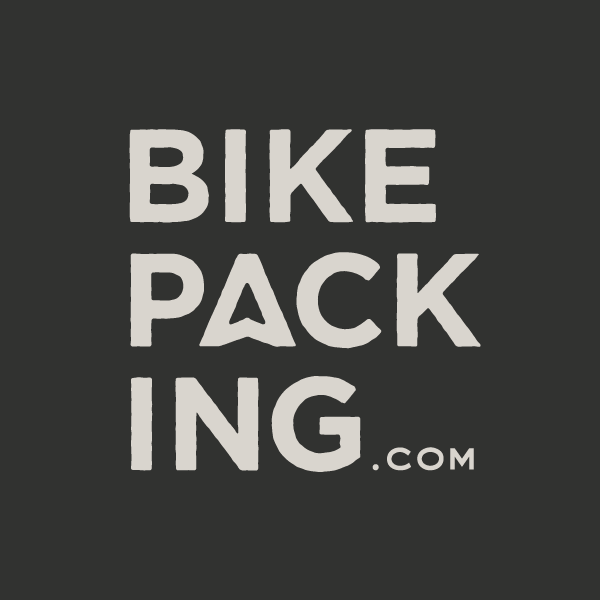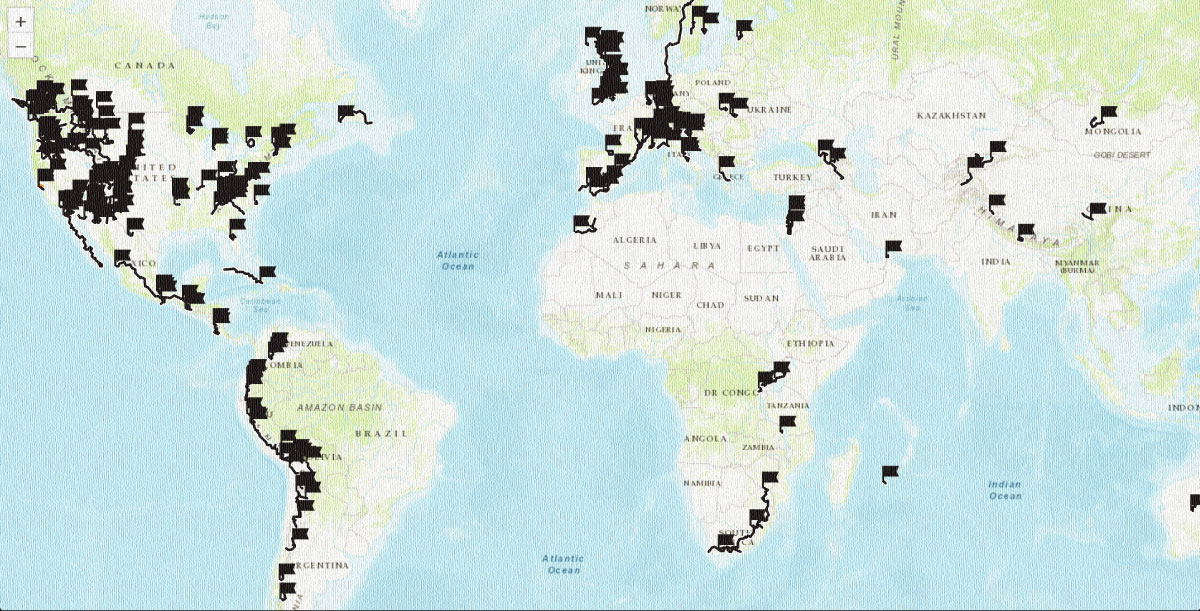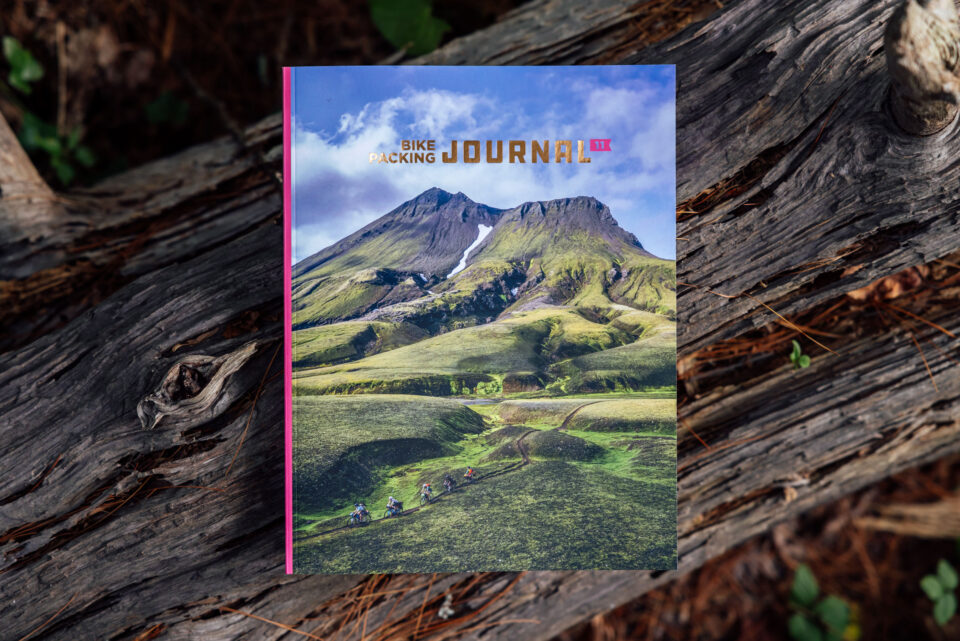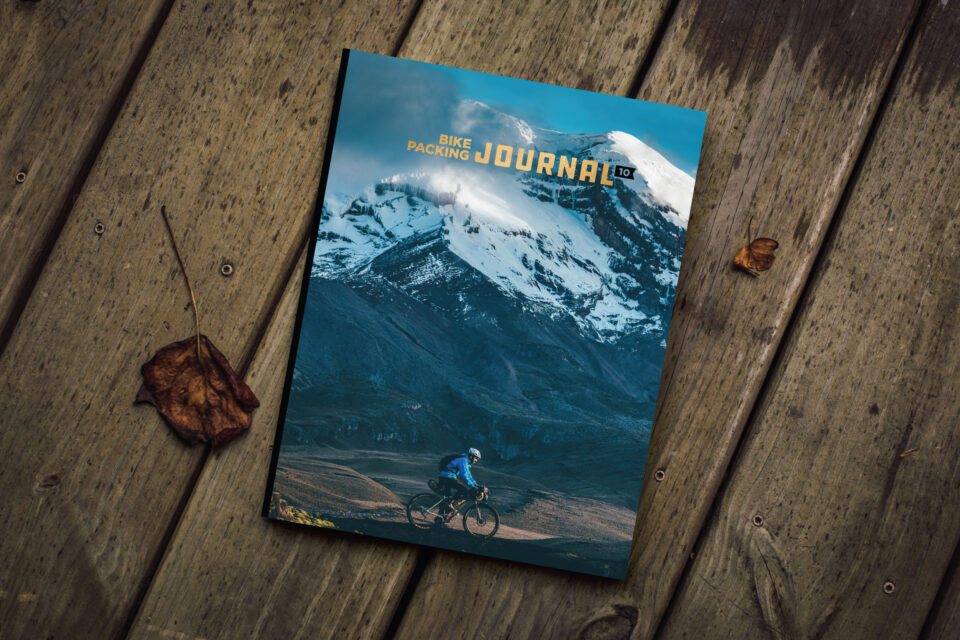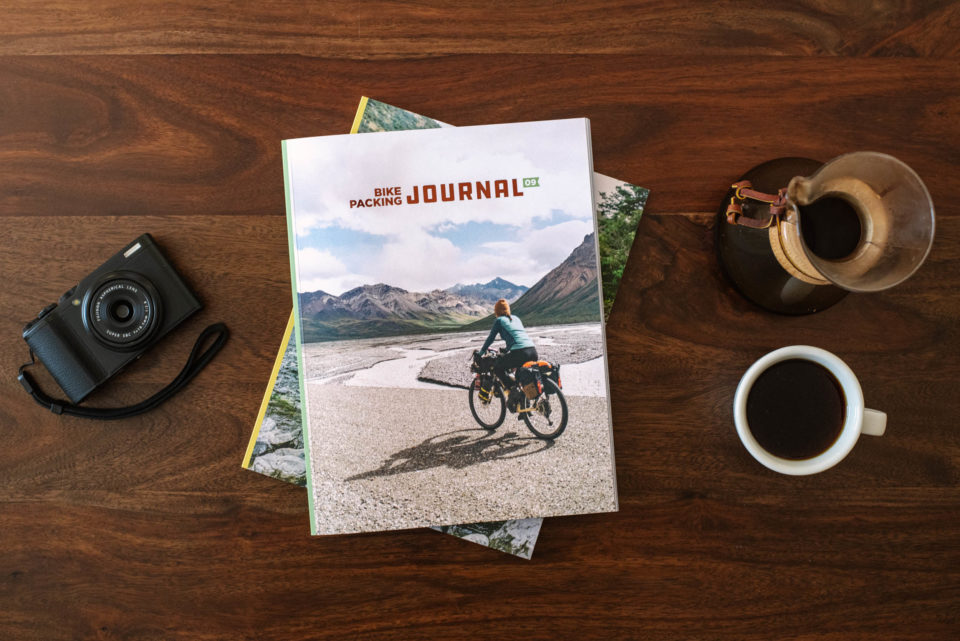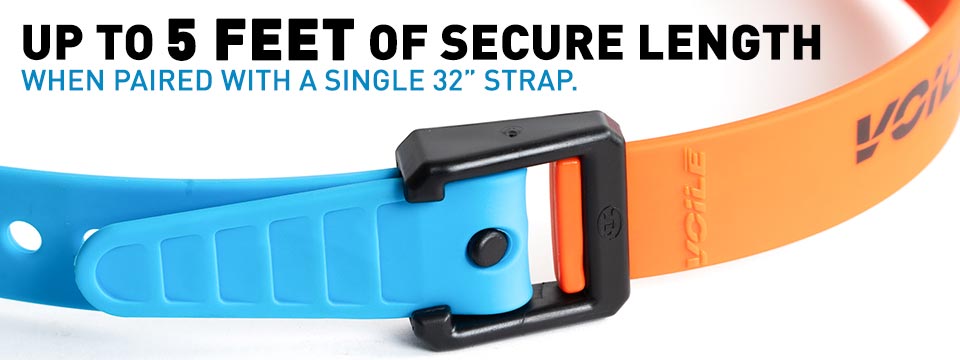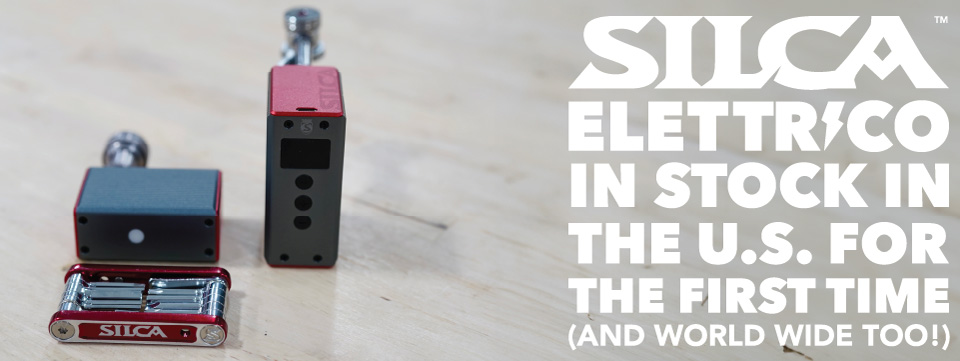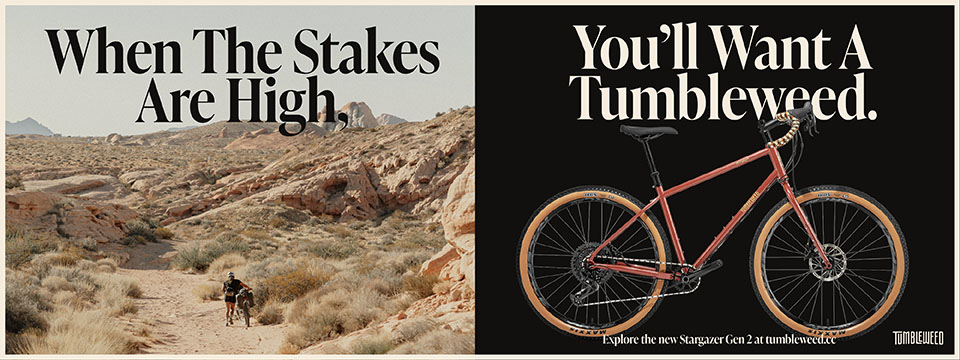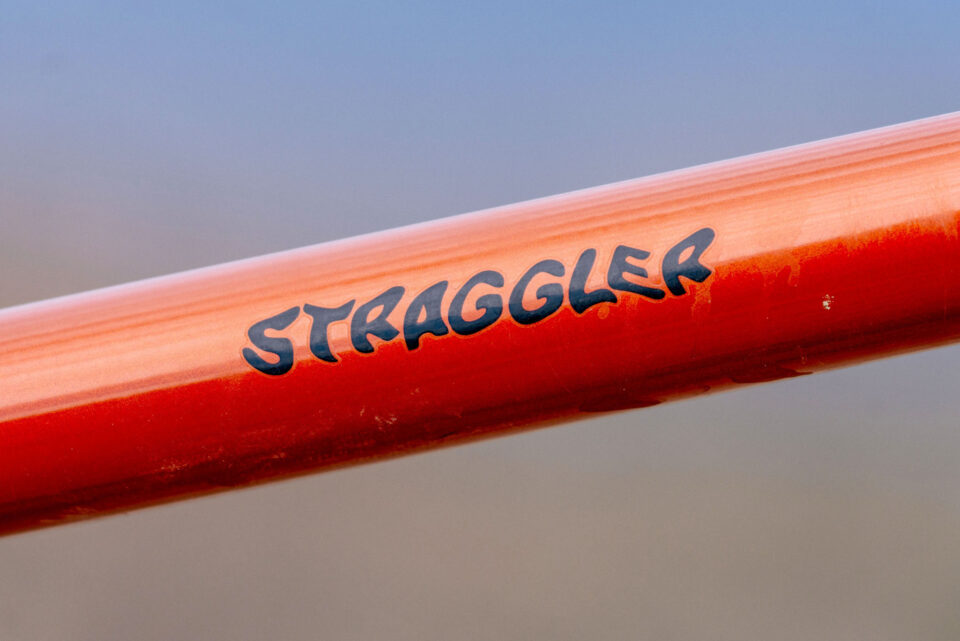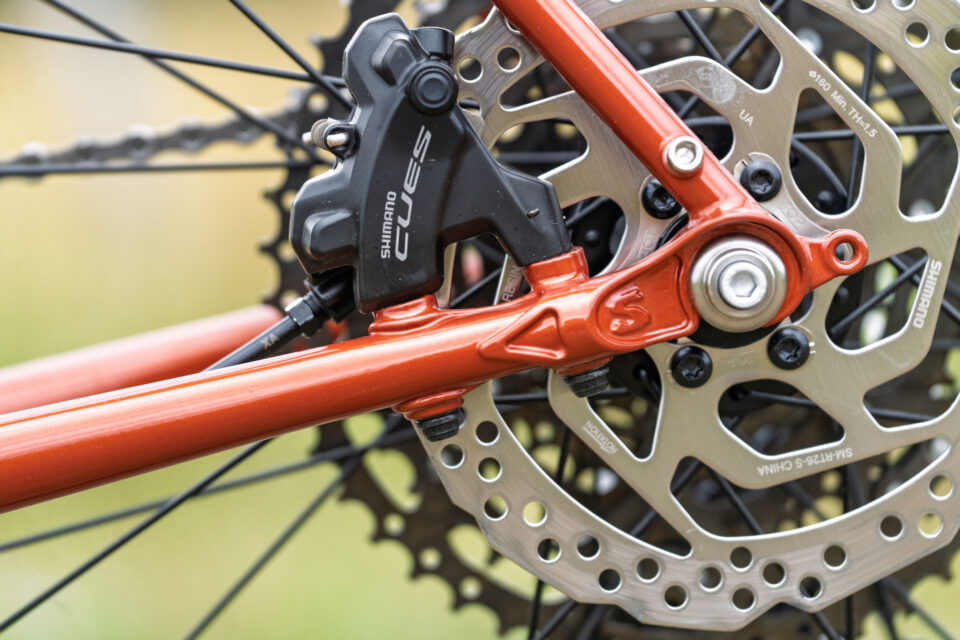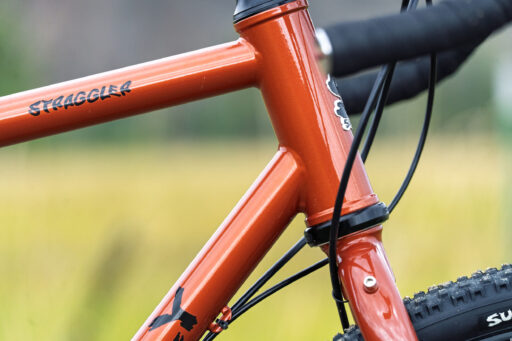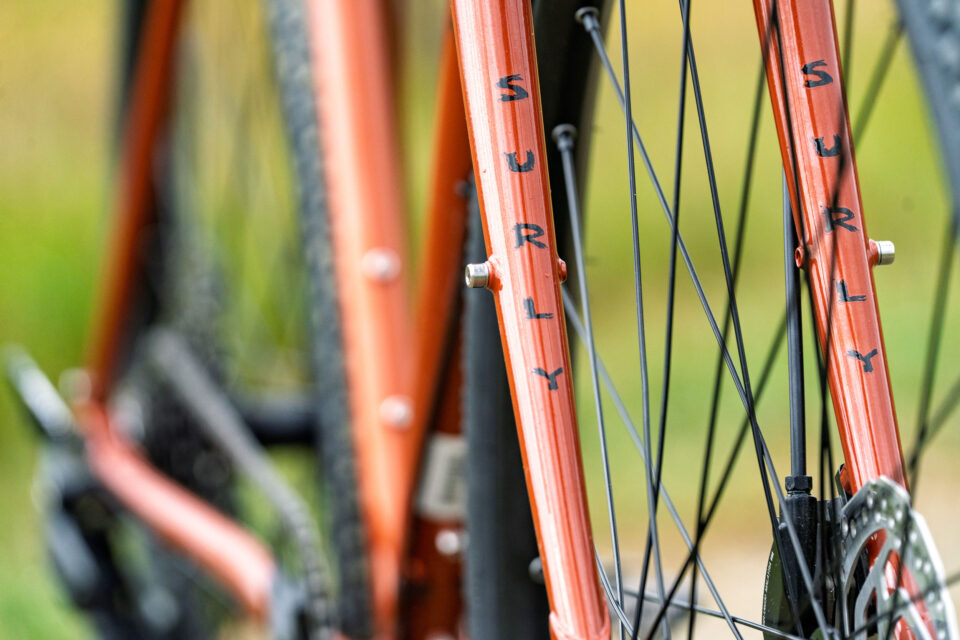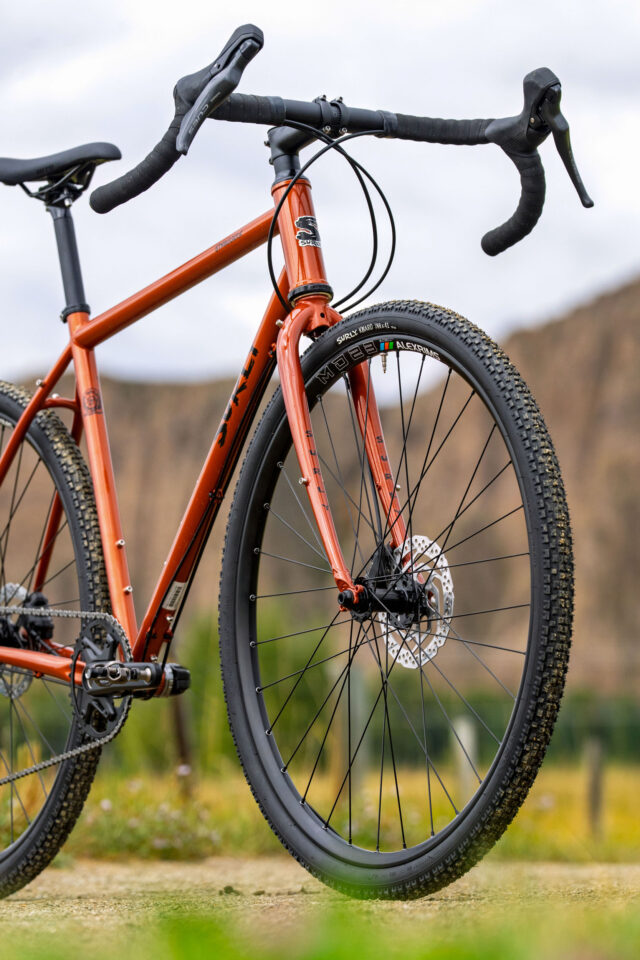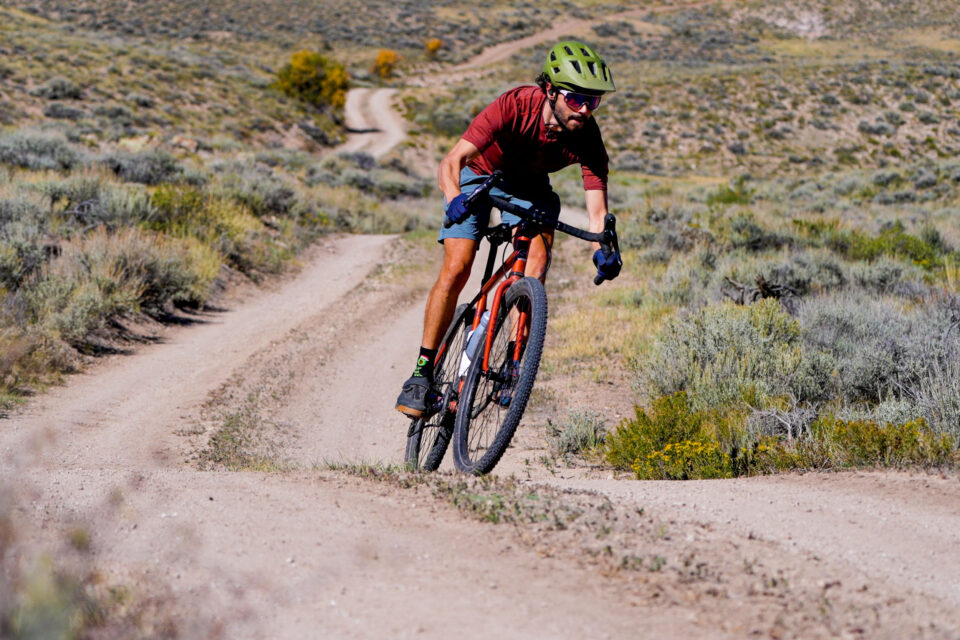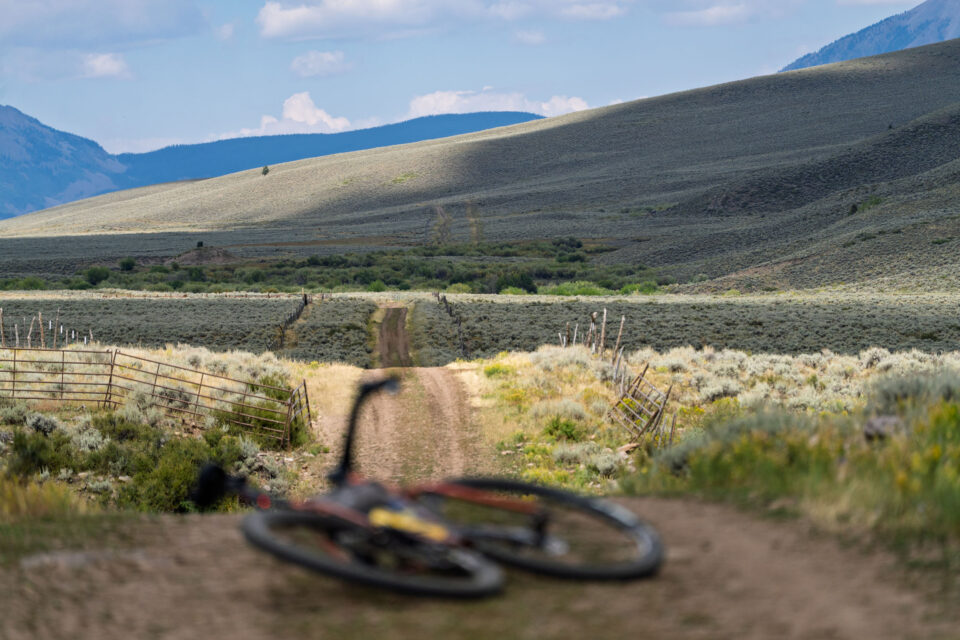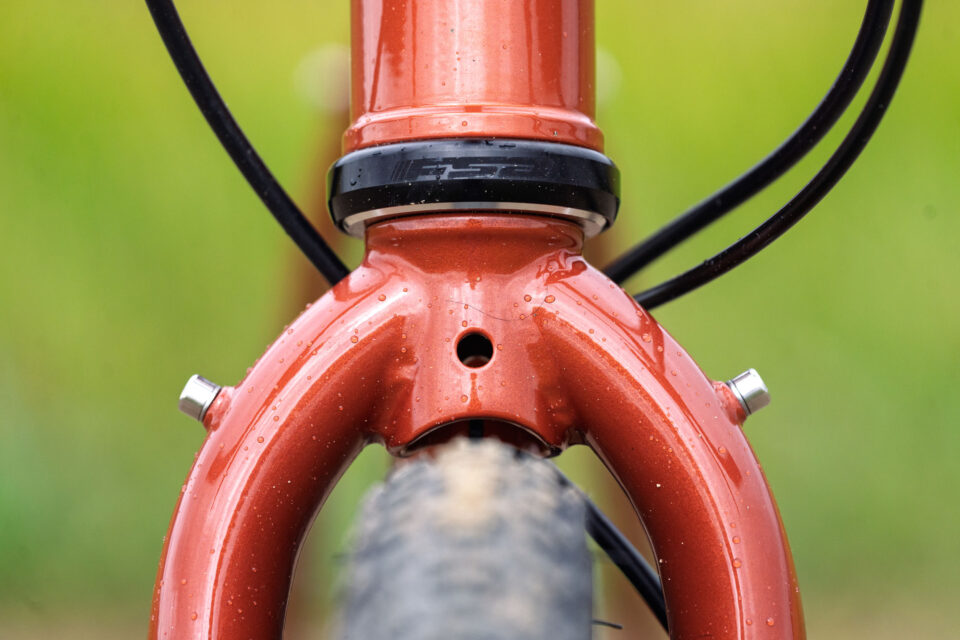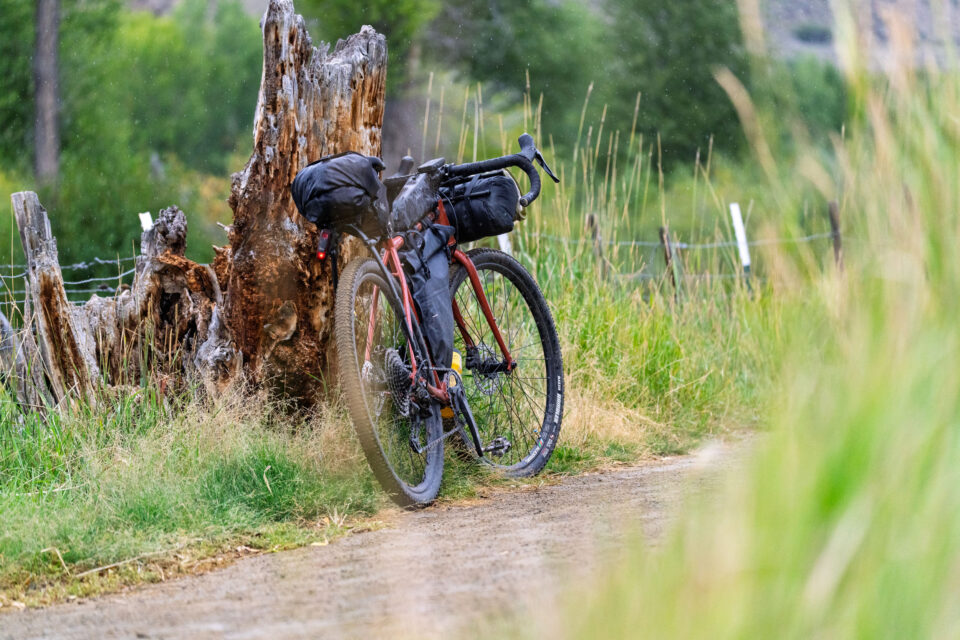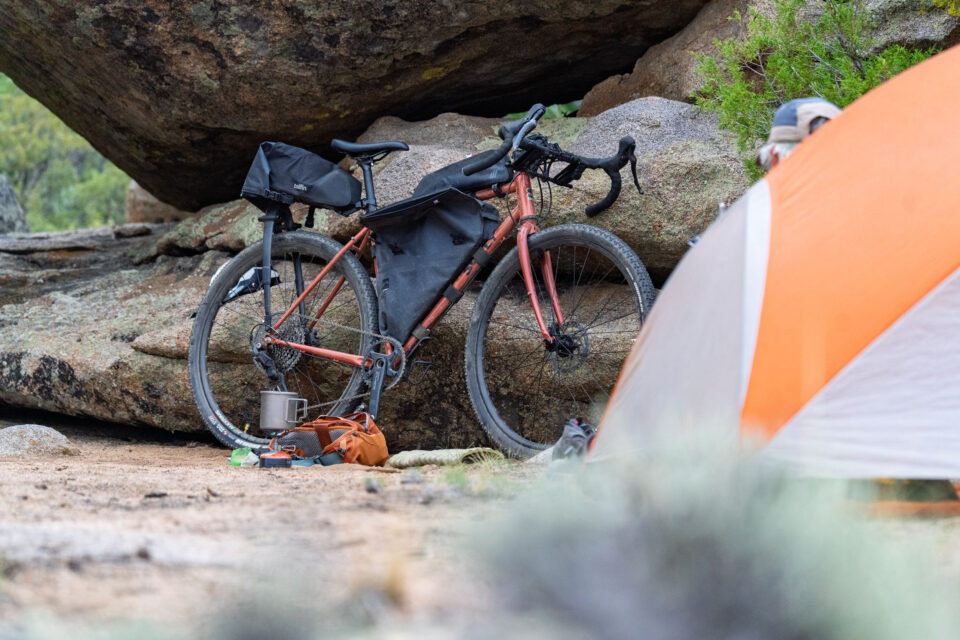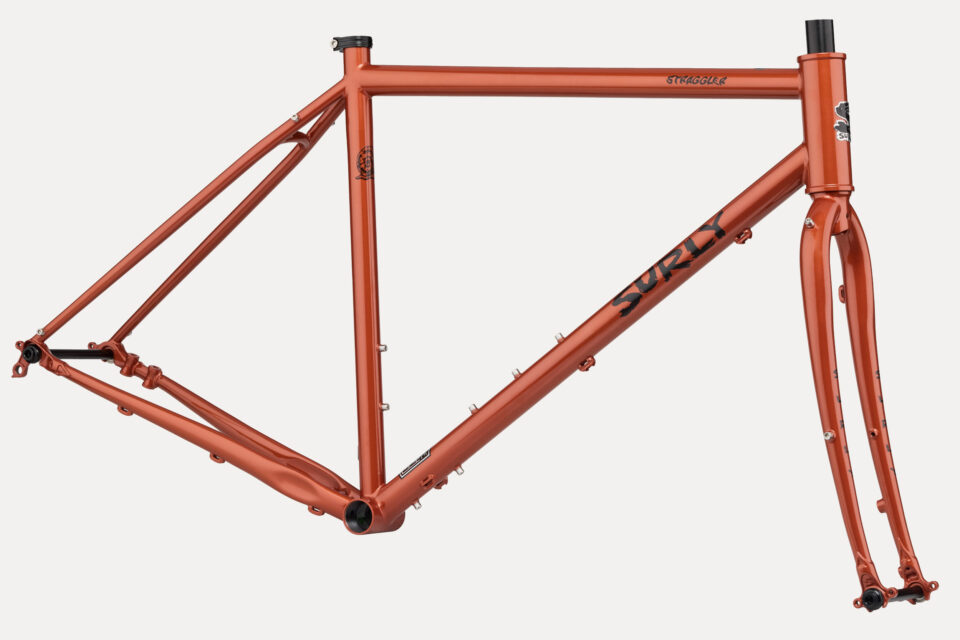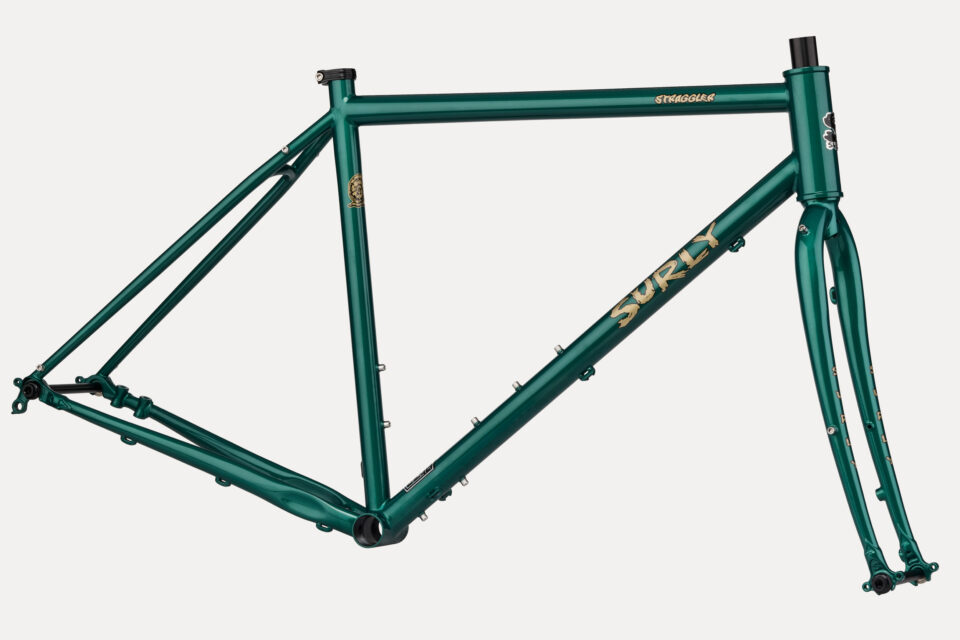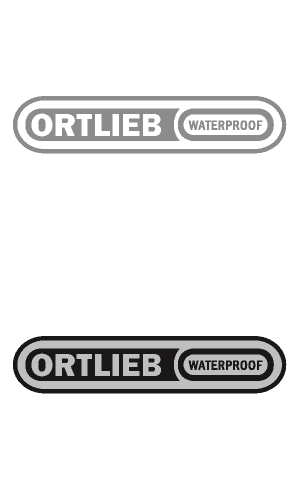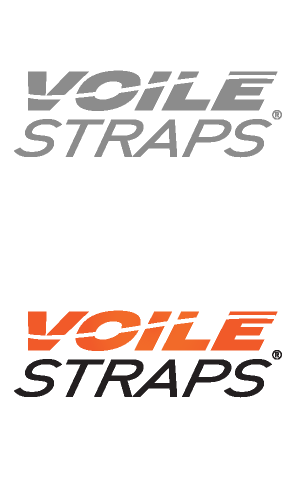Surly Straggler Review: First Update in a Decade + 11 Thoughts
After a decade, Surly’s cult-classic drop-bar do-everything bike finally got a thoughtful refresh. We put the 2025 Straggler through daily rides, some dirt touring, and chunky gravel to see if the updates—new axle setup, revised sizing, and fork options—modernize it without losing that Surly weird-in-a-good-way charm. Find our full Surly Straggler review here, including what works, what doesn’t, and all the nitty gritty details…
PUBLISHED Sep 25, 2025
Rather than a single verdict, this review breaks the new Surly Straggler into 11 bite-size takeaways that cover the frame changes, fork compatibility, sizing tweaks, ride feel, tire clearance, spec choices, and where it shines (and stumbles) in the real world. Think of it as a guided walkaround: what Surly changed, why it matters, and how those decisions show up on mixed-surface rides, commutes, and light bikepacking. Watch the video, then dive in to the written version below alongside a full set of photos.
1. Yep, it’s a fresh Surly Straggler
Introduced in 2014, the Surly Straggler was conceived as a rugged, go-anywhere steel drop-bar bike—and for its time, it was ahead of the curve with generous tire clearance. Blending a cyclocross-inspired frame with discs, horizontal dropouts, and plentiful rack/fender mounts, it handled everything from commuting to light touring and gravel. Despite a decade of color changes, the frame stayed largely the same. Pre-pandemic, the Straggler and All-City Space Horse were the two bikes I sold most, and for good reason: the Straggler could be your in-town hauler, daily rider, weekend cruiser, or even a bikepacking rig. It was never built for podiums—nor is the new one—but it isn’t slow either. More importantly, Surly made smart updates where they were needed without straying from what Surly does best: being a little weird in all the right ways.
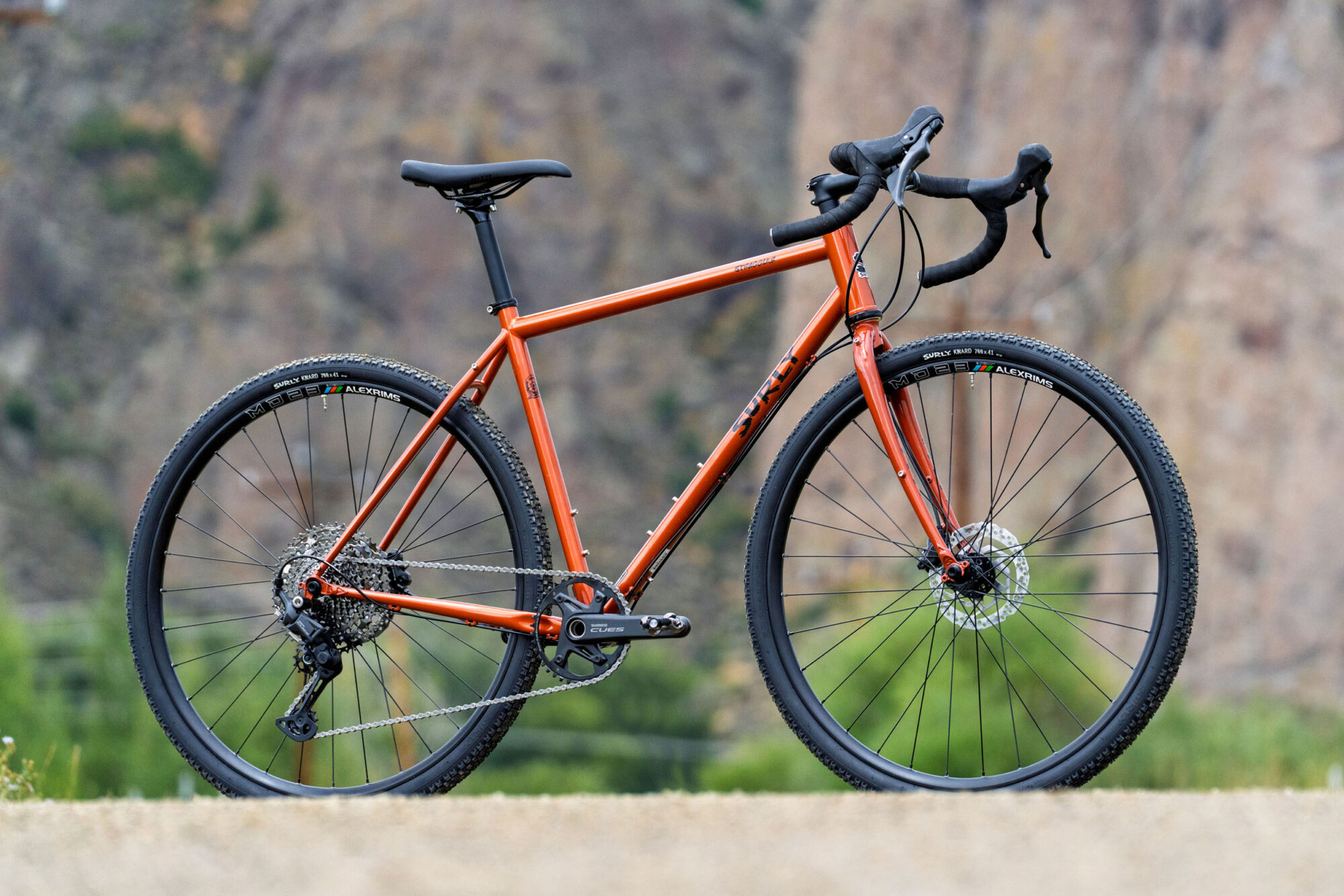
2. Thoughtful (Surly-esque) Changes
The new Straggler still uses Surly’s Natch tubeset—4130 chromoly, butted where it counts for ride quality and a touch of weight savings. The frame is mostly TIG-welded, with lugged dropouts on the fork and a lugged rear dropout/brake mount that add character, plus a 68mm threaded BB shell. First thoughtful change: it now runs 12×142mm rear and 12×100mm front spacing, and thankfully Surly ditched the old horizontal sliding dropouts, which were a pain to align with discs. Clever in theory (especially for fendered wheel removal), they tried to do too much and did none of it well; many riders resorted to Monkey Nuts to cope. Good riddance.
Surly now uses what it calls thru-axles—technically QR-style axles with dropouts that capture the hub end inside the fork/frame. They mimic the feel and stiffness of a true thru-axle and keep the axles captive during wheel removal, so you won’t misplace them. They deliver a precise, secure fit and add noticeable rigidity to the ride, though—as with any wheel system—you still need to ensure everything is properly tightened before heading out.
3. Fork Upgrade
The Straggler gets a new fork and a 44 mm head tube, opening the door to a wide range of aftermarket forks—including gravel suspension—with geometry corrected accordingly. The stock fork measures 410 mm A-C; swapping to suspension will still change ride feel (slightly slacker HTA, higher BB). Surly anticipated this with a deeper BB drop to suit modern tires and improve stability. One wrinkle: the bike ships with direct flat-mount 160 mm brakes (no adapter), which aren’t compatible with some suspension gravel forks (e.g., Cane Creek Invert’s 34 mm mount). Surly’s betting on the industry standardizing around the 70 mm flat-mount pattern; many suspension forks already use it. I hope we just pick one and stick with it. Anyways, the fork retains rack/fender mounts and has a 44 mm offset.

4. Fewer sizes = better design
Sizing is one of the biggest changes: Surly trimmed the range from 11 sizes to 8 and reshaped fit for modern components and riding styles. The new chart aims to map more directly to common brand sizing (instead of “old Surly” runs-large norms), which is helpful—though veteran Straggler riders may need to recalibrate. I chose a 56 cm and the fit feels dialed; if anything, I could drop the 100 mm stem to a 90 or 80, but it settled in quickly.
| Size | 46cm | 49cm | 52cm | 54cm | 56cm | 58cm | 61cm | 64cm |
|---|---|---|---|---|---|---|---|---|
| Effective Top Tube | 500 | 520 | 540 | 555 | 570 | 585 | 605 | 630 |
| Stand Over | 682 | 716 | 746 | 779 | 807 | 830 | 857 | 895 |
| Reach | 363.9 | 362.9 | 365.3 | 391.4 | 389.1 | 392.5 | 403.5 | 419.5 |
| Stack | 507.9 | 530.4 | 554.0 | 570.7 | 591.6 | 610.6 | 639.1 | 667.7 |
| Seat Tube Length | 390 | 430 | 460 | 490 | 520 | 545 | 570 | 620 |
| Head Tube Length | 90 | 110 | 135 | 120 | 140 | 160 | 190 | 220 |
| Head Tube Angle | 70.0° | 71.0° | 71.0° | 71.5° | 72.0° | 72.0° | 72.0° | 72.0° |
| Seat Tube Angle | 75.0° | 73.5° | 72.5° | 74.0° | 73.0° | 72.5° | 72.5° | 72.5° |
| BB Drop | 62 | 62 | 62 | 72 | 72 | 72 | 72 | 72 |
| BB Height | 277 | 277 | 277 | 285.5 | 285.5 | 285.5 | 285.5 | 285.5 |
| Chainstay Length | 416 | 416 | 416 | 435 | 435 | 435 | 435 | 435 |
| Fork Length (Axle to Crown) | 390 | 390 | 390 | 410 | 410 | 410 | 410 | 410 |
| Fork Offset | 44 | 44 | 44 | 44 | 44 | 44 | 44 | 44 |
| Wheelbase | 984.4 | 982.1 | 992.6 | 1033.6 | 1033.2 | 1042.7 | 1063.0 | 1088.3 |
The top tube now slopes for better standover, lowering the seat-tube/top-tube junction. Combined with dropper routing, that opens the door to more dropper travel. Stack also went up to reduce spacer towers and put riders in a more comfortable position out of the box: the old 54 cm was 549 mm stack; the new size medium is 570.7 mm—a meaningful jump that eliminates those 60 mm spacer stacks of yore. At the end of the day, Surly seems to be admitting this bike should feel more comfortable without all that spacer juggling. Finally, like previous models, smaller sizes remain 650b-optimized: 46–52 cm builds come with 650b and clear 650b × 50.
5. Surly’s Own Gravel Geo
Gravel is arguably the most popular bike category today, so weaving the term into marketing makes sense. Still, the Straggler was a bit ahead of its time—plenty of riders used it as a gravel bike years ago, thanks to ~50 mm tire clearance on many sizes. With modern, MTB-inspired geometry now bleeding into gravel (for good reason: it boosts capability), would Surly follow the trend? That would be unlike them.

The new Straggler nods to a few modern updates, but I wouldn’t call it “progressive”—which seems intentional. On the 56 cm you get a 72° head tube angle, 73° seat tube angle, 435 mm chainstays, and a ~1033 mm wheelbase. The front end is largely unchanged; tweaks like a slightly longer rear, lower BB, and fit updates make it more confident than before. Still, with some toe overlap and an overall short length, I felt hesitant at higher speeds or on singletrack—terrain outside its comfort zone.
6. It’s a Bike That Motivates
The beauty of a bike like this is the psychological nudge to ride farther from home. You head out for the usual loop and end up chasing extra miles—that’s what the Straggler does for me. The generous stack lends comfort on long rides, and it feels balanced on smoother climbs and descents. It even has a bit of snap for short, punchy efforts. It’s nimble enough to dodge an errant rock, but when the rough stuff is unavoidable, the front and rear feel less isolated than on some gravel bikes—so you’ll get jostled more. On steeper, more technical terrain, I found myself reaching for the brakes sooner than on other bikes in the category.
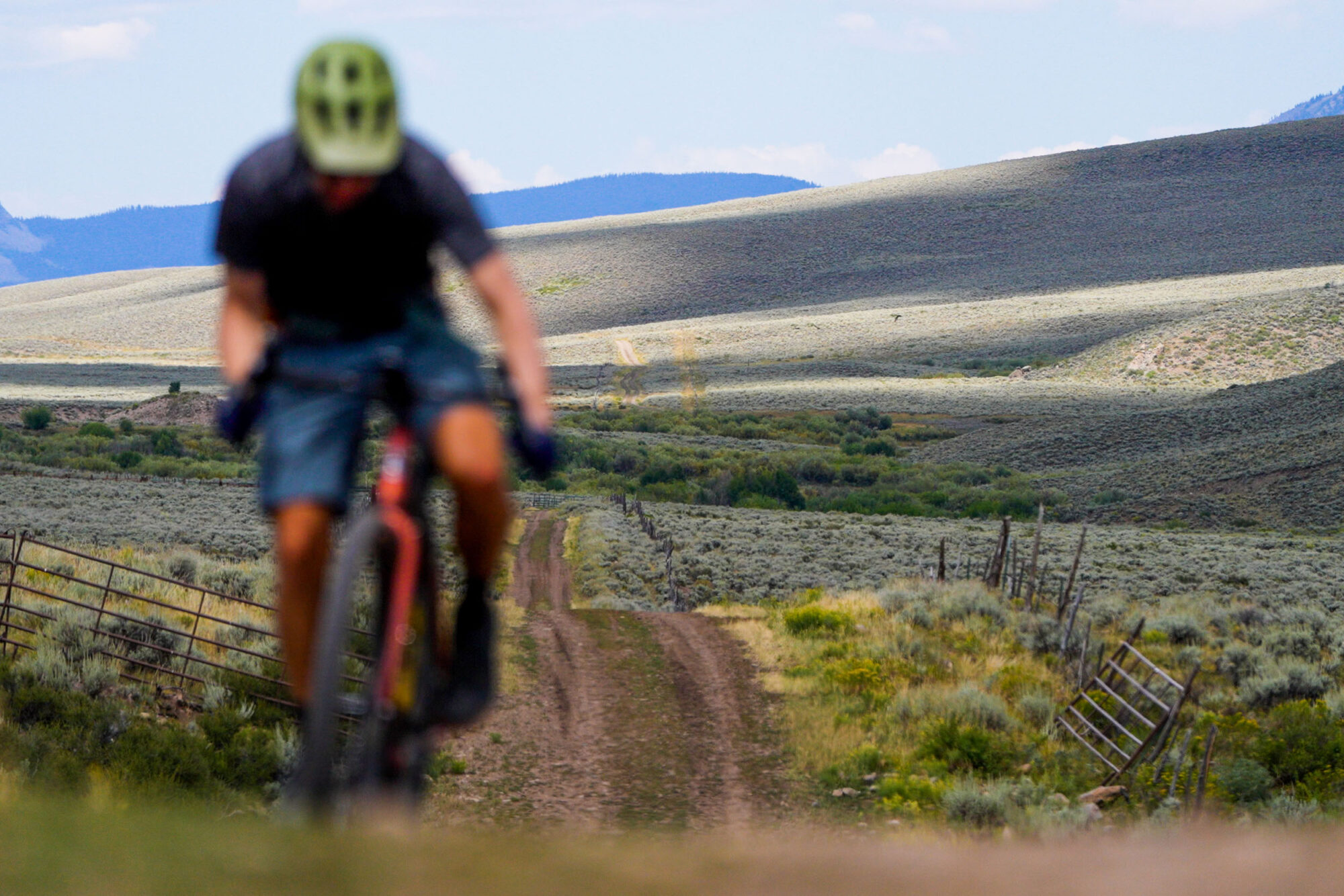
7. More Clearance The Better
What really takes the edge off is a big, fat tire. As mentioned, Surly offered 50 mm clearance long before most drop-bar bikes—at least in the steel, do-it-all category. There’s no urgent need to push it further; sure, 55 mm would be nice, but 50 mm works. I started on the stock 41 mm Surly Knards, then swapped to 50s, which boosted confidence and softened the ride. For a gravel bike—especially one that isn’t long and slack—that’s probably the best, cheapest comfort upgrade. Just don’t run standard gravel pressures with 50s; drop them to unlock the benefits. I’ve been using the Wolf Tooth tire pressure calculator to fine-tune setup, and it’s worked well. Wider rubber on drop-bar bikes isn’t new—I’ve been preaching it for years—but the industry finally seems to be catching up. I have a full video on this coming soon.
8. It’s Light-Duty Touring Bike
Surly calls the Straggler a light-duty touring bike and all-weather commuter. Unlike the Grappler or Bridge Club, it isn’t bristling with mounts, which some folks prefer; others only want key locations like the fork. Even so, the Straggler carries gear surprisingly well. Ride quality is fine as-is—not the plushest, not the firmest, similar to the Bridge Club—and it actually feels more grounded and forgiving with a bit of weight.
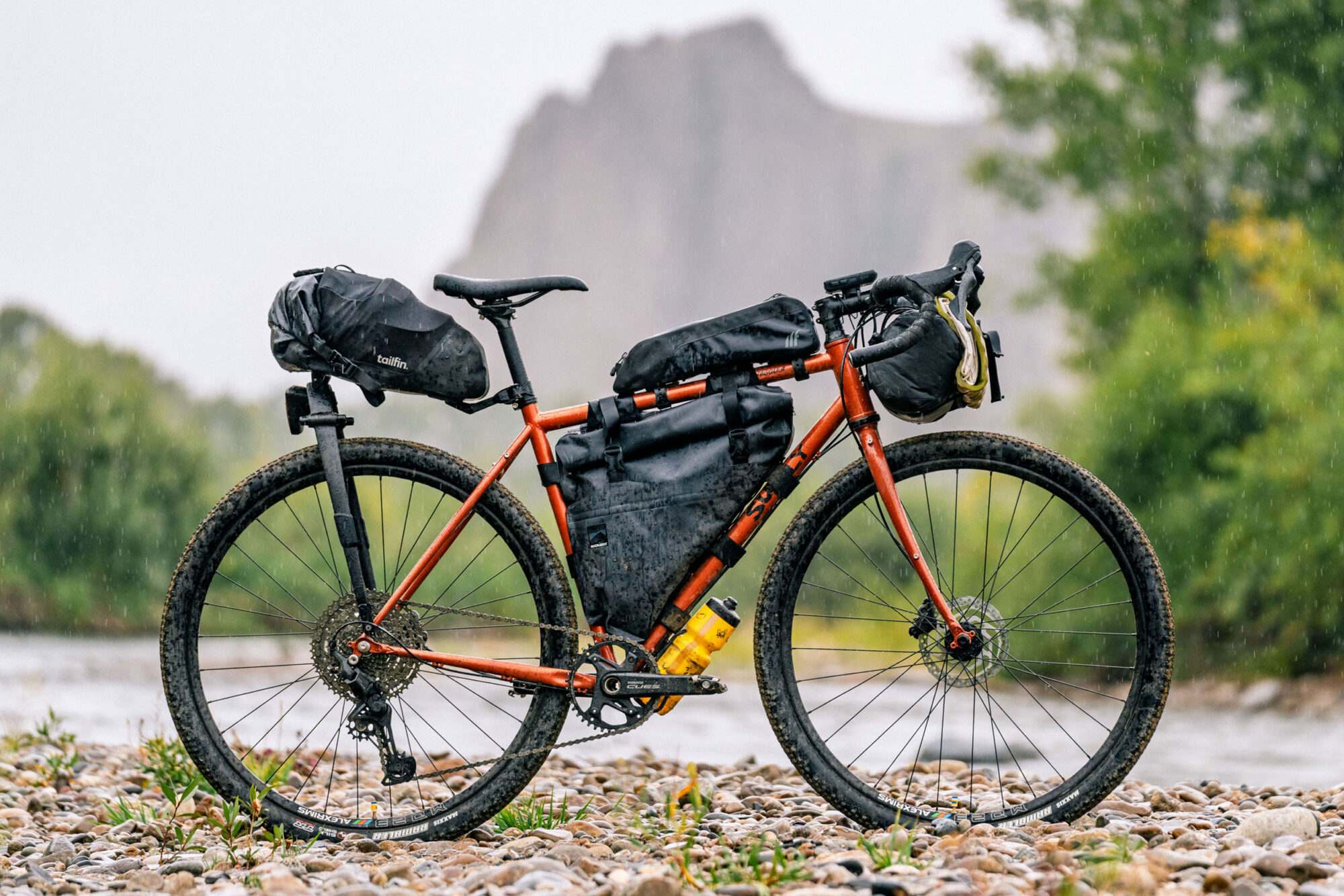
Still, it remains efficient and motivated, loaded or not, which helped me explore new trails close to home (toe rub on tight singletrack aside). Despite the sloping top tube, my Rockgeist 52hz frame bag fit without issue. While some Surlys are overbuilt to stay compliant under heavy loads, the Straggler isn’t one of them—but it still includes a solid set of mounts: front and rear rack mounts, three pairs of bottle mounts on the frame, one of which is a three-pack for a cargo cage.
9. More Specs are Better Specs
In recent years you could buy the Straggler as a complete or a frameset, full stop. The new generation adds options: a GRX build, a 1×11 Shimano CUES build (the one tested here), and a frameset, all in Shaggy Carpet or Subtropic colorways.
Frameset
- Frame: 4130 Chromoly, Natch tubing, double-butted main triangle, TIG welded, E.D. coated
- Fork: 4130 Chromoly, Natch tubing, TIG welded, brazed lugs, E.D. coated
- Color: Shaggy Carpet
Drivetrain
- Rear Derailleur: Shimano 11 speed
- Cassette: Shimano 11 speed
- Chain: Shimano Linkglide
- Crankset: Shimano 11 speed, 40T
- Shifter: Shimano 11 speed
- Brakes and Rotors: Shimano hydraulic brakes, RT26 160mm rotors, 6-bolt
Components
- Headset: FSA Orbit ITA
- Stem: TranzX JD-ST123A
- Handlebar: Salsa Cowchipper
- Grips / Bar Tape: Black cork
- Seatpost: Kalloy SP-DC2, 27.2mm, 0 offset
- Saddle: WTB Volt Medium
Wheels
- Rims: Alex Adventurer 2 rims 23mm, tubeless ready
- Front Hub: Novatec 12×100 thru-axle, 32h
- Rear Hub: Novatec 12×142 thru-axle, 32h
- Tires (sizes 46–52cm): Surly Knard 650b × 41″, 33tpi (46–52cm)
- Tires (sizes 54cm and up): Surly Knard 700c × 41″, 33tpi (54cm and up)
The CUES/LinkGlide drivetrain is a meaningful upgrade over the old Apex spec—durable and well-suited to a bike like this. The 1×11 setup pairs an 11–50 cassette with a 40T ring; on ~20% pitches I felt the limit, but overall the range worked on both ends. Shifts were mostly crisp, though a bit heavier at the lever (something to note if you have wrist issues). The CUES levers are matched to hydraulic brakes, which performed fine; one needed a bleed after hose trimming—likely setup-related, not systemic.
Wheels and tires are where Surly skimps: stock 33 TPI wire-bead Knards and Alex Adventurer 2 rims that are tubeless-ready but arrive untaped. Swapping to 50 mm rubber required rim tape and valves—not a big deal, but dated in 2025. Finally, I really missed a dropper post on a few descents; you get that (plus tubeless setup and a drivetrain bump) if you opt for the GRX build.
10. What I’d change
Testing lots of brands keeps perspective sharp; every build sparks ideas. For the Straggler, it’s hard not to imagine a slightly longer front-center, a slacker head tube, and a touch steeper seat tube—changes that would boost confidence in rough terrain and reduce toe overlap. Still, when you’re designing a true do-it-all bike, those moves are tougher to justify. I’d also love fork bottle mounts for two extra bottles and top-tube mounts (they can look a bit odd on steel when unused, but they’re so practical). And can we retire “tubeless-ready” as a half measure? Wheels should ship taped with valves; even if tubes are installed, make it turnkey. If you’re buying locally, ask the shop to set it up tubeless before you roll out.
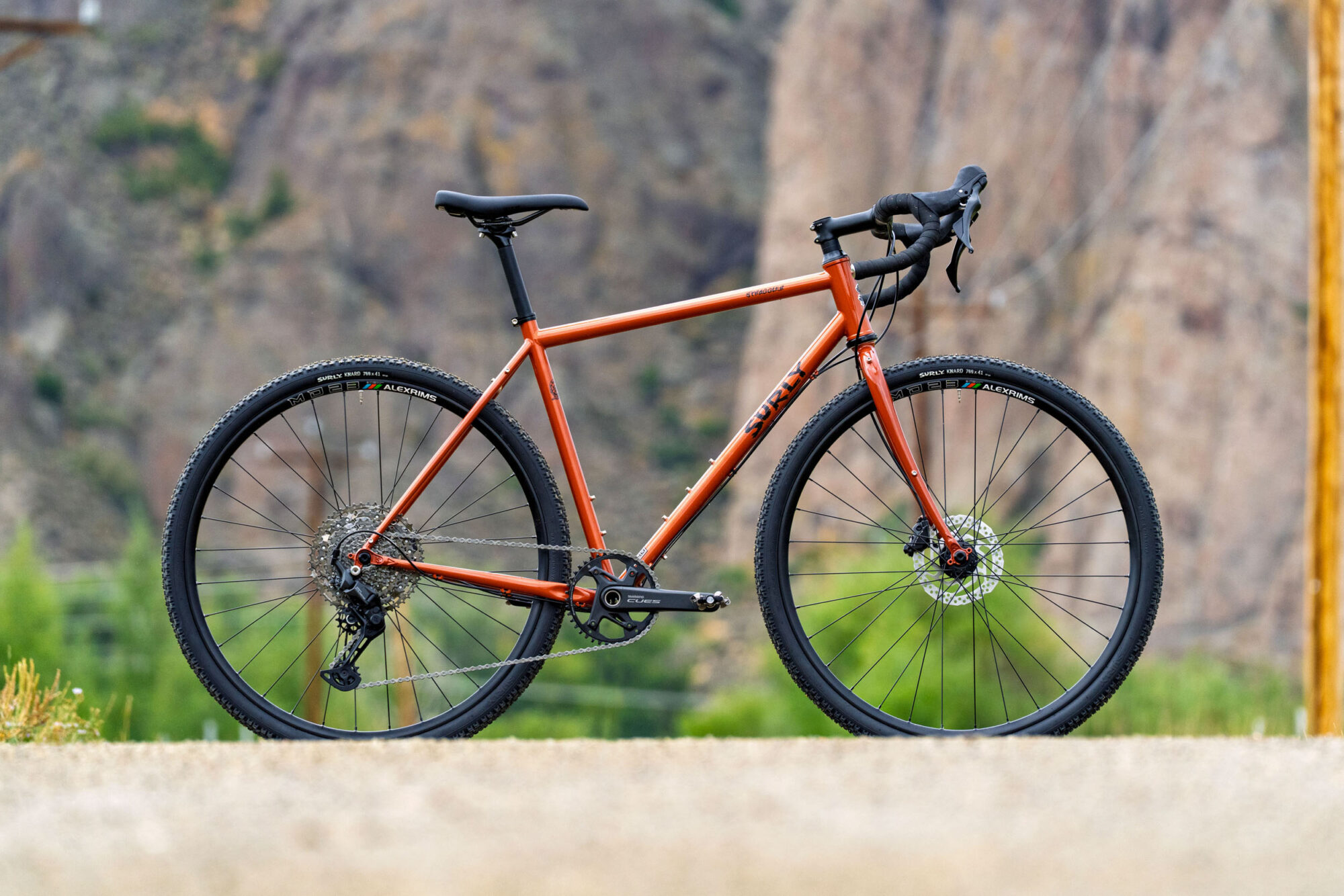
- Model Tested: 2025 Surly Straggler, Size Medium
- Actual Weight: 12.34 kilograms (27.2 lbs)
- Place of Manufacture: Taiwan
- Price: $1,999
- Manufacturer’s Details: Surly Bikes*
*Straggler will be up on Surly’s site later today
Pros
- A long-overdue update that still stays true to Surly’s DNA
- Modern geometry changes are refreshing
- New dropout design replaces the old headache-inducing one
- Solid component spec on the 1×11 build
- Lots of compatibility (dropper, 2x, suspension fork, fenders, racks)
Cons
- Front-center is a touch short for my liking
- Direct 160mm flat-mount brakes (while future-proof) won’t work on many aftermarket forks
- Toe overlap is pretty bad
- Could use a few more mounts (especially on the fork)
- Not setup tubless out of the box
11. It Deserved an Update (Wrap Up)
It’s easy to daydream about what Surly could have done, but also hard to argue with updating a classic without killing its vibe. They solved the dropout headache, modernized sizing to align with the industry, and kept the Straggler’s soul intact. If this signals a broader Surly refresh, great—grumbles from diehards aside. Most importantly, the Straggler remains a do-everything machine: just as ready for a dreamy bikepacking trip as it is for fendered winter commutes. I often think back to my Minneapolis days and wish I’d had one.
The Straggler has long punched above its price. After years around ~$1,700 for a full build, today’s lineup lands at $2,499 (GRX), $1,999 (CUES 1×11)—closest to the old spec—and $899 (frameset).
So, the new Straggler—what do you think? Drop your thoughts in the conversation below.
Please keep the conversation civil, constructive, and inclusive, or your comment will be removed.
